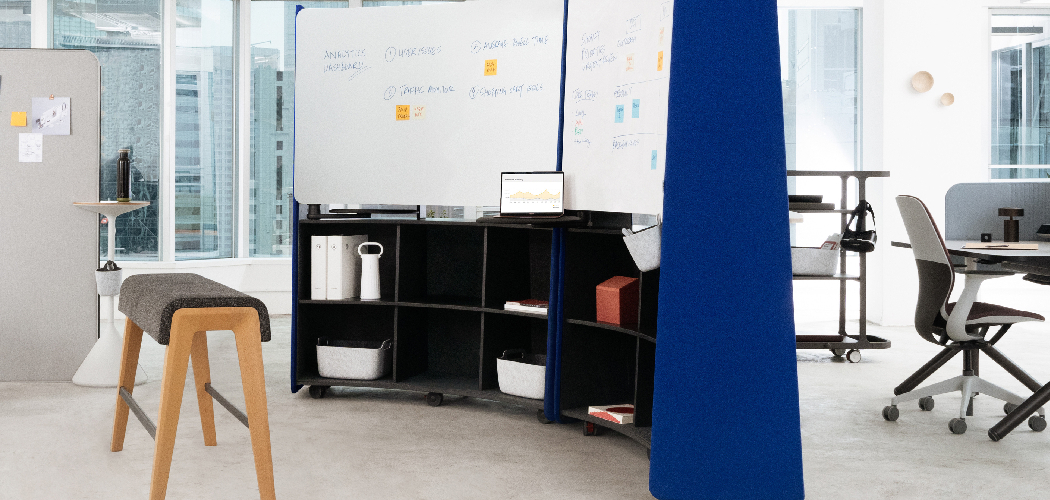Do you ever feel like your office or home workspace could use a refresh? Whether it’s a new desk, chair, or other pieces of furniture that will make the space more inviting and functional – changing up the existing furniture can be just what you need to give any room a dynamic facelift.
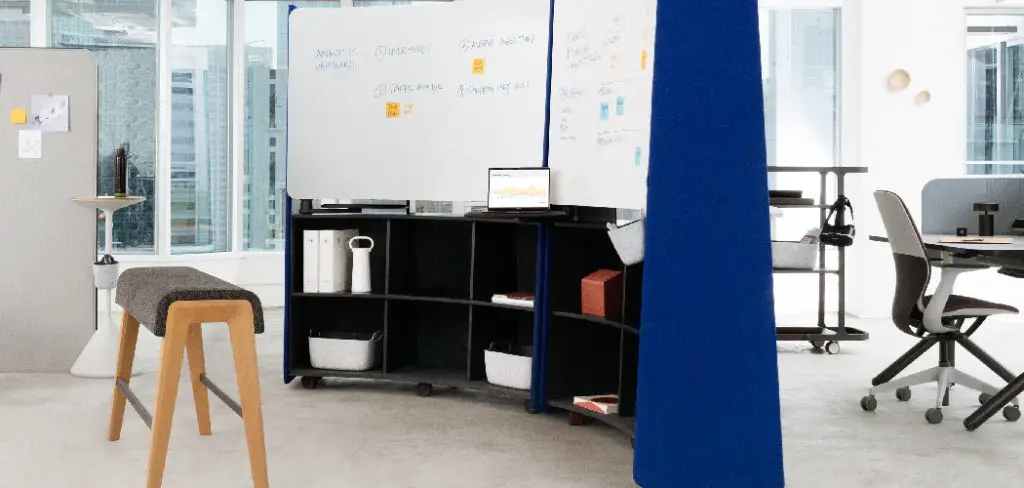
But when it comes to matching different types of office furniture together, there are certain considerations that need to be taken into account for successful results. In this blog post, we’ll explore how to mix and match office furniture so that you can create an aesthetically pleasing and organized workstation in no time!
Benefits of Mixing and Matching Office Furniture
The biggest benefit of mixing and matching office furniture is the flexibility it offers. Whether you want to create a new look or simply update an existing one, the ability to pick and choose different pieces gives you endless opportunities for personalization.
With so many options available, you can make sure that your space reflects your personality and style while also meeting your needs. Mixing and matching also allows you to create a space that is tailored to the individual user.
By selecting pieces of furniture that cater to different ergonomic needs, you can ensure that your office environment is comfortable for everyone who uses it. Furthermore, the variety of options available allows you to make sure that all members of your team have access to furniture that meets their individual requirements and preferences.
Mixing and matching also makes it easy to accommodate new or changing needs in an office setting. If someone moves into a larger space or adds additional equipment, you don’t need to go out and buy entirely new pieces of furniture – mix-and-match solutions can be easily added on as needed without breaking the bank.
Importance of Creating a Cohesive and Personalized Workspace
Creating a cohesive and personalized workspace is important for both professional and personal reasons. Not only does it create an inviting atmosphere that encourages productivity, but it also allows you to express your individual style.
Here are some tips on how to mix and match office furniture to create the perfect look:
1. Stick with One Color Palette –
Decide on a general color scheme for all of your furniture pieces. This doesn’t mean that every piece has to be the same shade or hue, but rather that all of the colors should coordinate in some way. Consider things like neutral tones, earthy colors, or even bold shades if they suit the overall aesthetic you have in mind.

2. Choose Styles that Work Together –
A variety of styles can be combined to create an interesting and unique look. Consider mixing modern pieces with vintage or traditional furniture for a more eclectic vibe. Utilize accent pieces such as rugs, lamps, and artwork to add even more visual interest to your space.
3. Utilize Accessories –
Accessories are key when it comes to creating the perfect mixed-and-matched office space. Try using items like bookends, statues, plants, wall art, clocks, and other decorative items to further tie together the pieces in your room.
Mixing and matching office furniture is an easy way to create a cohesive workspace that reflects your individual style and personality. By choosing pieces that work together harmoniously, you can create a space that is both comfortable and inspiring. With the right accessories and decor, you can create a workspace that will be the envy of everyone in your office.
10 Methods on How to Mix and Match Office Furniture
Method 1: Establish a Design Theme
Start by establishing a design theme or concept for your office space. Determine the overall style and aesthetic you want to achieve. This will serve as a guideline when mixing and matching furniture pieces. Consider incorporating colors, textures, and patterns that will complement each other. For example, a minimalist style could be achieved using neutral shades of black, white, and gray.
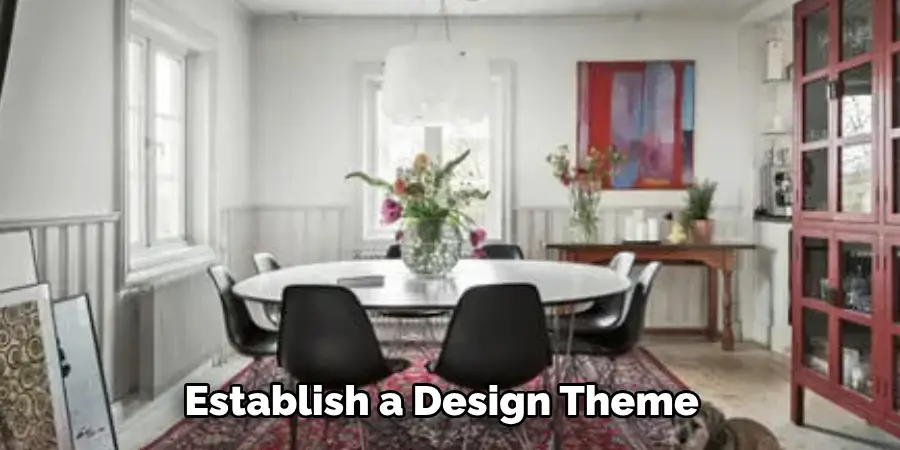
Method 2: Consider Functionality and Ergonomics
Prioritize functionality and ergonomics when selecting office furniture. Ensure that each piece serves its intended purpose and provides comfort and support for employees. Consider factors such as adjustable height desks, ergonomic chairs, and storage solutions. Selecting furniture that fits the body and promotes healthy postures is essential for both comfort and productivity.
Method 3: Determine a Color Palette
Choose a color palette that complements your design theme and enhances the overall ambiance of the office. Select a primary color and a few accent colors that harmonize well together. Use these colors consistently across different furniture pieces for a cohesive look.
Consider how the colors will look together in different lighting situations, such as natural daylight and artificial light. Play around with fabric swatches and paint chips to find the best colors for your office. If you’re having trouble deciding on a color palette, seek professional help from an interior designer or color consultant. They can help you create a beautiful and unified look for your office.
Method 4: Balance Proportions and Scale
Pay attention to the proportions and scale of the furniture pieces you are mixing. Create a balanced arrangement by combining larger and smaller items. Avoid overcrowding or overwhelming the space with furniture that is disproportionate in size.
Consider adding a few accent pieces like rugs, artwork, and plants to the mix. These can help create visual interest in the space and help tie all the furniture together.
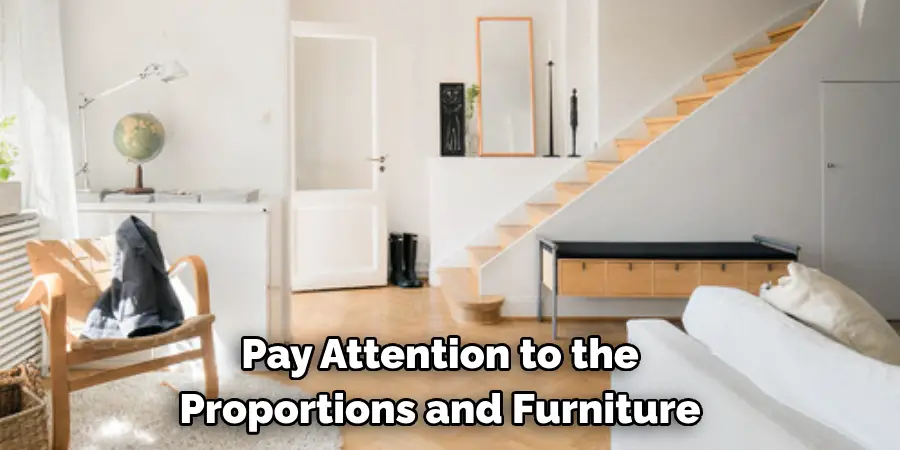
Method 5: Contrast Materials and Textures
Mixing different materials and textures adds visual interest and depth to your office space. Combine materials such as wood, metal, glass, and fabric to create an engaging and dynamic environment. Consider contrasting smooth and textured surfaces for added variety.
For example, pair smooth metal office desks with a textured leather executive chair. Or, combine a wood desk with a glass top or wooden file cabinet. The possibilities are endless, so get creative and have fun! When done right, contrasting materials and textures can create a unique style in your office that is sure to turn heads.
Method 6: Blend Traditional and Modern Elements
Experiment with blending traditional and modern furniture pieces to create a unique and eclectic office setting. Combine classic designs with contemporary elements for a harmonious fusion of styles. This creates an interesting juxtaposition that can make your office space stand out.
Method 7: Create Zones with Furniture Groupings
Organize your office space into functional zones using furniture groupings. Create designated areas for collaboration, individual work, meetings, and relaxation. Use a mix of furniture pieces in each zone to define its purpose and create a diverse and engaging environment. Choose pieces that fit the space and complement each other. With careful planning, you can create a harmonious blend of colors, shapes, and materials.
Method 8: Incorporate Statement Pieces
Introduce statement pieces that serve as focal points in your office space. These could be eye-catching furniture items with unique designs, bold colors, or interesting shapes. Statement pieces can add personality and spark conversation within the office.
When choosing statement pieces, consider the items’ functionality as well as their aesthetic appeal. Avoid overcrowding with statement pieces; choose only one or two to create a balanced look. To keep the space looking cohesive, select statement pieces that fit with the overall style and color scheme of your office furniture mix and match.
Method 9: Repurpose and Upcycle
Consider repurposing and upcycling furniture pieces to add character and sustainability to your office. Give old furniture a new lease on life by refurbishing or repainting them. This not only saves money but also contributes to a more environmentally-friendly workspace.
To repurpose furniture, you can also combine two mismatched pieces into one. For example, take an old wooden filing cabinet and a small shelf, sand them down, and paint both with the same color of paint. This creates a whole new piece of furniture that is visually appealing and completely unique.
Method 10: Experiment and Adapt
Don’t be afraid to experiment and adapt your furniture arrangements over time. Office needs and dynamics may change, and you may discover new furniture combinations that better suit your requirements.
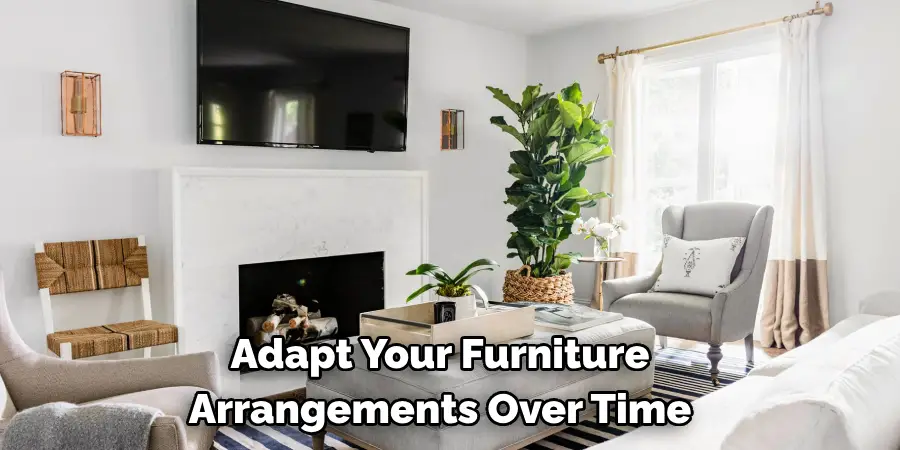
Continuously assess and evolve your office layout to create an inspiring and functional workspace. If you’re running a growing business, consider the need to accommodate more staff and bring the furniture in line with your increased demands.
Conclusion
Having the right mix of furniture in your office is critical for its success and cohesiveness. From height-adjustable tables and ergonomic chairs to comfortable couches and versatile lounge seating, there’s a design style option for everyone.
While buying new or used furniture might seem like an overwhelming process, keep in mind that it can be simple if you plan ahead. Research materials, textures, color schemes, and layouts to ensure you find the perfect solution for your office space. Don’t forget to look around at thrift stores or online second-hand furniture websites too.
Taking advantage of these alternative shopping options offers huge cost savings with no sacrifice on quality and style. Follow these simple instructions outlined in this blog post about how to mix and match office furniture, and you’ll be able to get the job done with ease.

